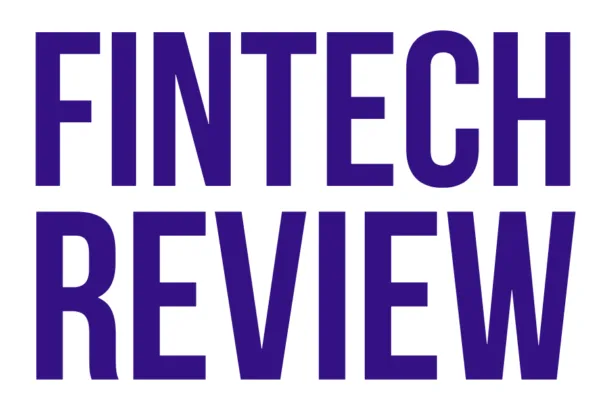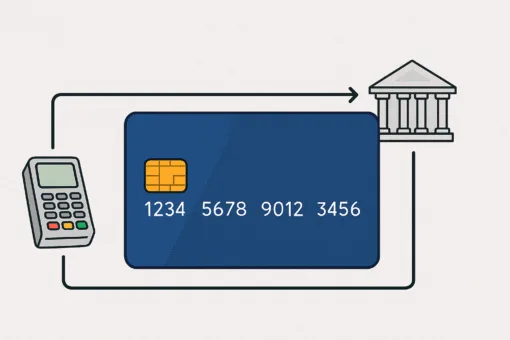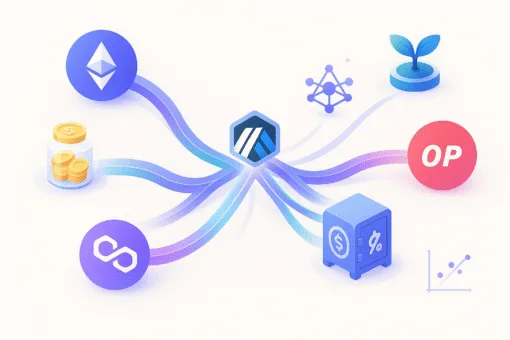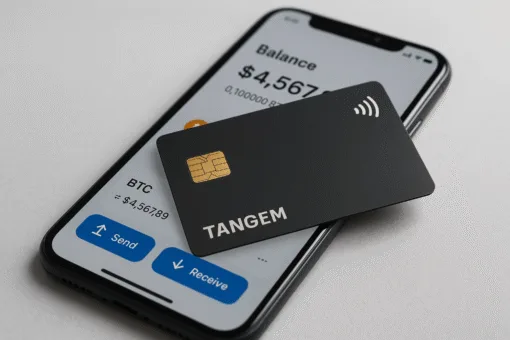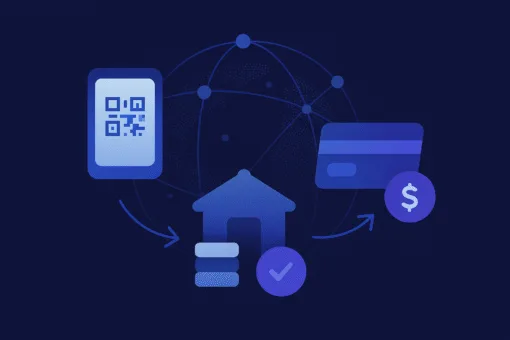By Chirag Shah, founder and CEO of Nucleus Commercial Finance and Pulse.io
Super-apps, which are apps designed to provide a range of services to users, have been rising in popularity in regions across the world including in China and South-East Asia. In Western markets, critics have often met them with criticism.
For fintech companies, which could use super-apps to pave the way for several new opportunities, this presents a stark annoyance. However, there is the potential for fintech companies in Western markets to tap into the world of super-apps, it just requires a little patience and a lot of strategy. Here, we delve into everything there is to know.
The Evolution of Super-Apps

Primarily developed in China and South-East Asia, super-apps have become a daily part of many people’s lives in these areas. In short, they’re an all-encompassing platform that provides a range of services including messaging, ecommerce and financial services to name a few. People often say they are a one-stop digital solution.
Many of the services that super-apps offer have financial capabilities, streamlining what was once a laborious process and making life easier for their users. As well as this, these super-apps have opened the door for innovative fintech companies but that hasn’t come without its challenges.
The Challenge in Western Markets
Super-apps receive praise in the Chinese and South Asian markets, but Western countries don’t share the same sentiment. Elon Musk even tried to relaunch Twitter with the main aim of creating a Western version of some of the most popular Eastern super-apps but it can’t be denied that it didn’t take off. Experts have put this down to a few different factors including cultural nuances, regulatory hurdles and an already saturated market.
For starters, in Western markets, there are already specialist apps that provide specific services such as banking or shopping. Currently, there isn’t a drive or desire for an app that does everything. What’s more, any app that does dominate the Western market will have to face a huge amount of competition.
GDPR and other privacy regulations in the Western world mean that the integration of these super-apps is likely to be more difficult too. And, as a market, the Western world tends to be more focused on data safety. Additionally, the Western world’s technological infrastructure is simply less conducive to the adoption of such apps.
Strategic Implications for Fintech

Of course, despite these challenges, it can’t be denied that super-apps provide a fantastic opportunity for fintechs. Although adoption has been slow in Western countries, we can’t ignore the fact that super-apps could help fintechs speed up the lending process and simplify traditionally cumbersome processes in banking.
This could not only transform customer experiences and engagement but could act as a propellor for business growth. Strategic integration of super-apps could broaden audience reach, lead to better personalisation and be the driver of key performance indicators and improvements.
Steps for Super-App Integration
To experience the above benefits, however, the way in which super-apps are approached must be considered carefully. Indeed, companies must focus on:
- Service integration – Where super-apps are still new, companies must offer services that are easy to understand and genuinely desired within the platform, while emphasising simplicity and convenience.
- User engagement – It’s important to maintain user engagement including push notifications, updates and loyalty incentives.
- Data-driven personalisation – In the Western world, consumers expect customised services which means that data analytics is essential. However, care must still be given to adhere to privacy and compliance requirements while building trust.
While the path to successfully integrating super-apps into fintech offerings may be challenging, the rewards could be substantial. In fact, these apps provide the opportunity to build stronger relationships with customers and achieve robust ROI, that is, if they are approached with the right insight and strategy.
What’s more, tools and analytics can provide that much-needed guidance and offer data-driven insights to help shape solutions based on user behaviour. This won’t only help us to navigate the challenges associated with the Western market but also help fintechs to tailor their services with engagement and ROI in mind.
What Does The Future Hold?

Looking ahead, technologies like blockchain and decentralised finance could further change the landscape. But, the goal will always remain the same: to deliver tailored solutions that drive customer engagement and value, while focusing on safe transactions and a deep understanding of the market characteristics.
Of course, it’s not just about providing solutions though. For fintech companies, it’s about unlocking a path to grow too. This is why it’s so important to understand data trends with real-time analysis as an instrumental part of your current and future business strategy.
About the author
Chirag Shah, founder and CEO of Nucleus Commercial Finance and Pulse.io has over 20 years of experience in the financial services industry and a deep understanding of the needs of UK SMEs.
In 2011, he founded Nucleus, a leading alternative finance provider, to offer flexible and tailored solutions for SMEs across various sectors and stages of growth. With an understanding of the challenges that UK SMEs face in the current economic climate, Chirag launched Pulse in October 2022, a free-to-use service that helps businesses and accountants gain insights into financial performance with AI-powered data visualisation and personalised dashboards. Chirag is not only committed to driving growth and innovation in the UK business ecosystem, but he’s also helping SMEs better understand their data to boost their profitability and guide them towards success.
